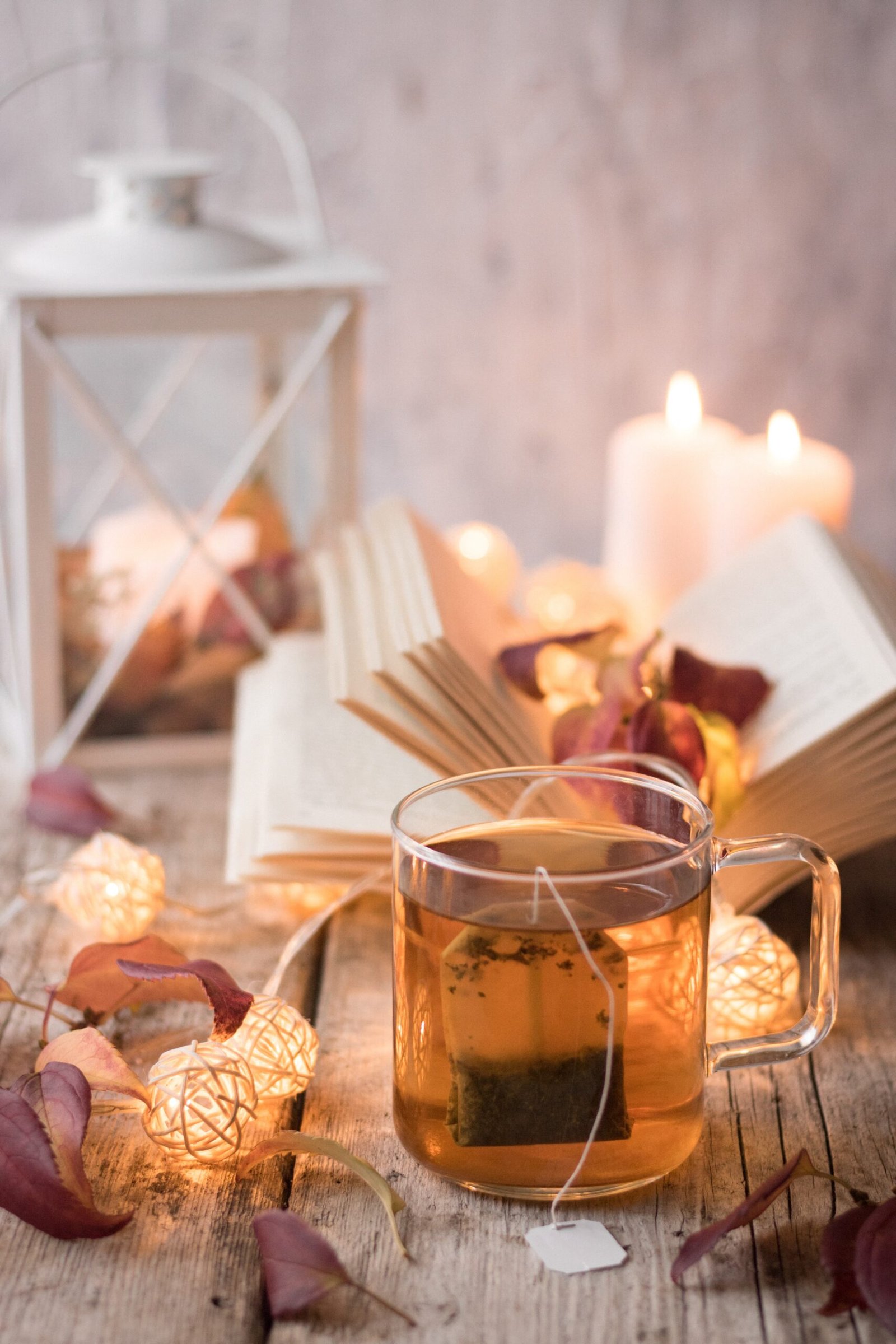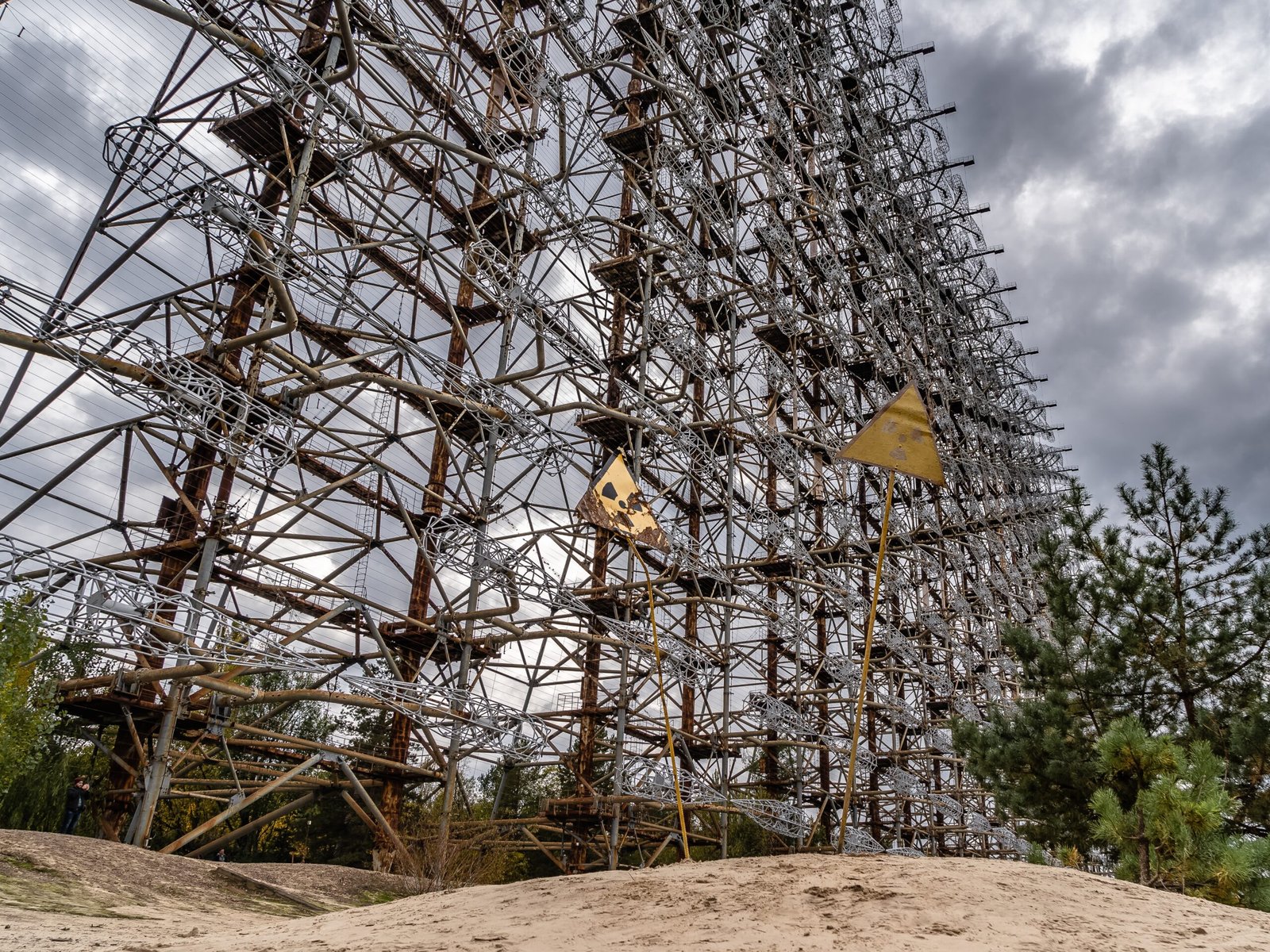When it comes to gardening, many people are drawn to the beauty and diversity of native plants. Native plants are those that have naturally evolved in a specific region over thousands of years. They are well adapted to the local climate, soil conditions, and wildlife, making them a valuable addition to any garden.
By incorporating native plants into your garden, you can create a vibrant and sustainable ecosystem that supports local wildlife and reduces the need for excessive maintenance. Here are some tips on how to embrace the wild and incorporate native plants in your garden:
1. Research Native Plants in Your Area
Before you start planting, take the time to research native plants that are suitable for your specific region. Consider factors such as sunlight, soil type, and water availability. Local nurseries, botanical gardens, and online resources can provide valuable information on native plants that thrive in your area.
2. Create a Native Plant Palette
Once you have identified the native plants that are suitable for your garden, create a native plant palette. This is a list of plants that you would like to incorporate into your garden. Consider the height, color, and blooming season of each plant to create a visually appealing and diverse landscape.
3. Design with Native Plants in Mind
When designing your garden, keep native plants in mind. Consider their growth habits, spacing requirements, and water needs. Group plants with similar needs together to create efficient watering zones. Incorporate different layers, such as groundcovers, shrubs, and trees, to create a more natural and diverse habitat.
4. Provide Habitat for Wildlife
Native plants play a crucial role in supporting local wildlife. They provide food and shelter for birds, butterflies, bees, and other beneficial insects. Incorporate plants that produce nectar, berries, and seeds to attract a variety of wildlife. Consider adding bird feeders, bird baths, and nesting boxes to further enhance the habitat.
5. Practice Sustainable Gardening
Native plants are well adapted to the local climate, which means they require less water, fertilizer, and pesticides compared to non-native plants. By using native plants in your garden, you can reduce your water consumption and minimize the use of chemicals. Mulching around plants can help retain moisture and suppress weeds, reducing the need for excessive maintenance.
6. Embrace the Beauty of Native Plants
Native plants offer a unique beauty that cannot be replicated by non-native plants. From the delicate blooms of wildflowers to the vibrant foliage of native grasses, there is a wide range of native plants to choose from. Embrace the wild and let the natural beauty of native plants shine in your garden.
7. Spread the Word
Once you have successfully incorporated native plants into your garden, share your experience with others. Educate your friends, neighbors, and community about the benefits of native plants and the importance of supporting local ecosystems. By spreading the word, you can inspire others to embrace the wild and create their own native plant gardens.
Incorporating native plants in your garden is a rewarding experience that not only enhances the beauty of your landscape but also contributes to the preservation of local ecosystems. By embracing the wild and incorporating native plants, you can create a sustainable and vibrant garden that supports local wildlife and brings you closer to nature.















